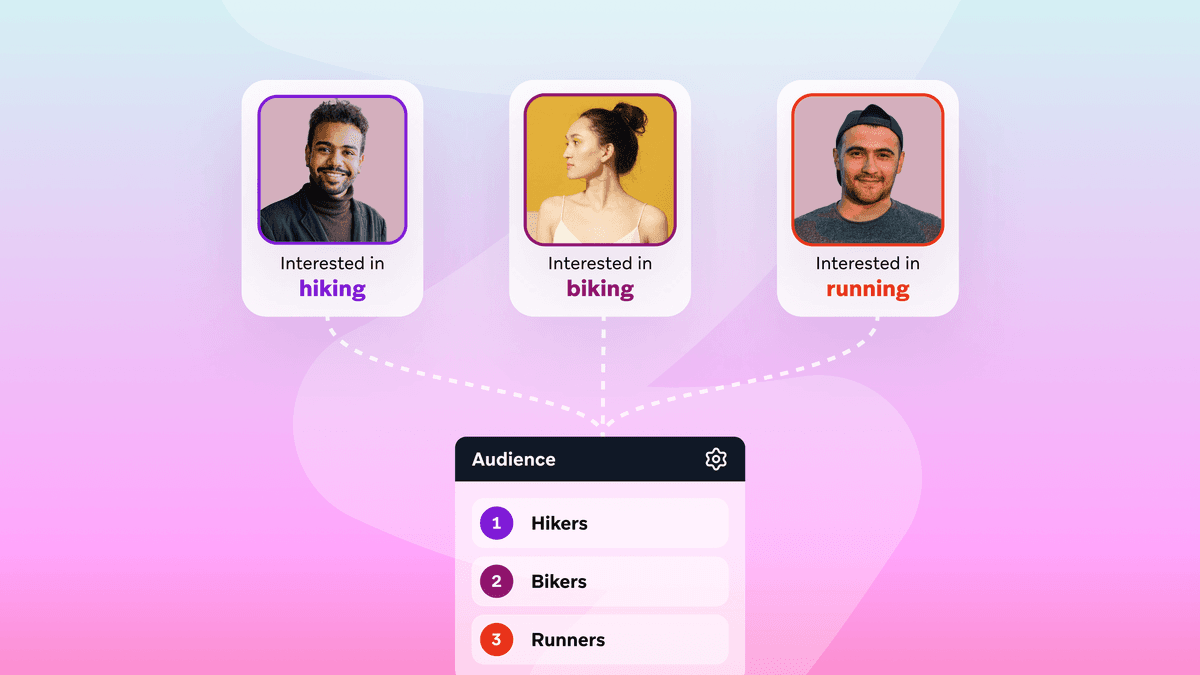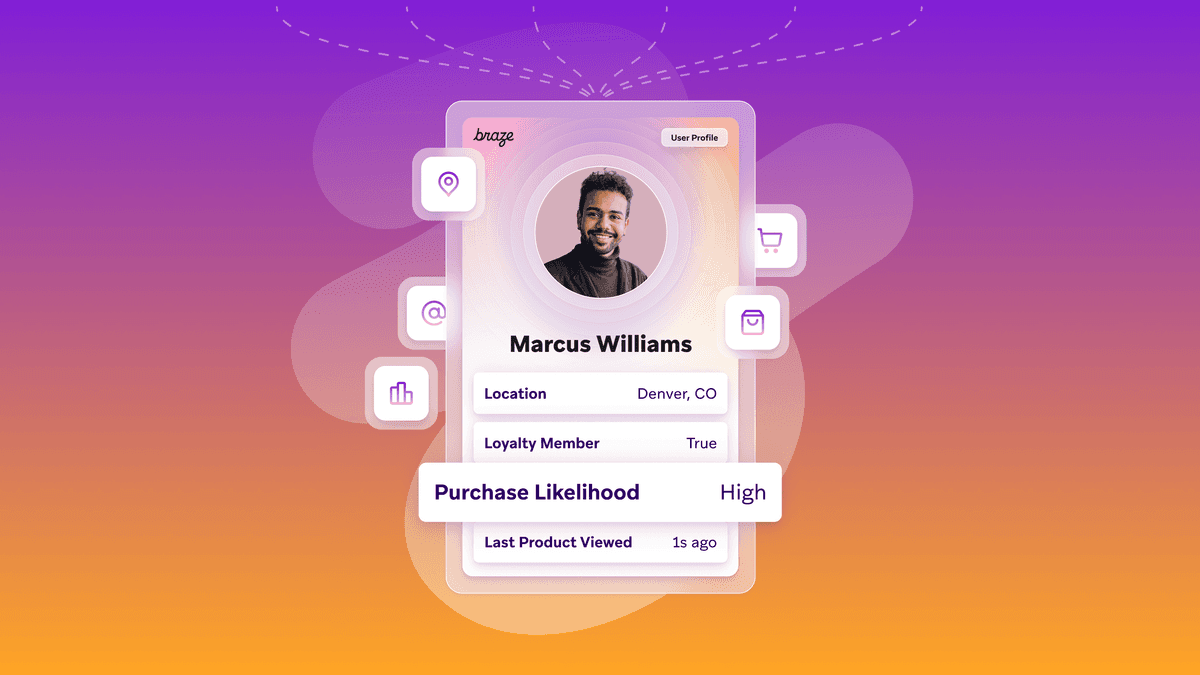10 Ways To Make Your App a Retention Machine
Published on February 05, 2016/Last edited on February 05, 2016/5 min read


Todd Grennan
Managing Editor, Content Marketing at BrazeThere’s more to mobile success than just acquiring new customers. The cost of expanding your audience keeps going up—in 2015, customer acquisition costs rose 117% year-over-year—and no matter how many downloads your brand gets, your investment in mobile isn’t going to pay off if the people who try out your app don’t stick around.
Real, sustainable mobile success is built on customer engagement and retention. Brands that convince customers to engage with their app on a regular, consistent basis see significantly higher retention than ones that don’t. Driving that kind of engagement will take significant work and thought on your part, but it can give your brand a major competitive advantage and support your mobile efforts over the long haul.
To help you get there, we’ve put together a list of 10 things you can do to keep your customers coming back. Take a look!
1) Get your onboarding process right
When someone opens your app for the first time, the experience that greets them will have a big impact on whether they come back. By welcoming new customers with a well-designed onboarding process that explains the app’s value and how they can make the most of it, a brand can give those customers compelling reasons to keep coming back, increasing the likelihood that they stick around.
2) Make sure you collect actionable customer data
Mobile is a powerful, intimate medium for engaging, retaining, and monetizing customers, but it relies on customer data to reach its full potential. The ways that customers engage with an app during their sessions can give marketers valuable insight into how to best reach and retain them, but only if the app’s tracking the right things. Read our guide to collecting customer information and be sure that you have the data you need to engage and retain your mobile audience.
3) Prime your audience for outreach
When customers start to drift away, a compelling push notification or email is one of the best ways to capture their attention and convince them to give your app a second look. But these messaging channels are only available to your brand if customers agree to enable push and join your email list. To make it more likely that they do, make sure to clearly explain to customers how enabling these channels will benefit them—and do it BEFORE you ask them to opt in.
4) Adopt a multichannel messaging strategy
For some brands, customer outreach on mobile consists of push notifications and little else. That’s a major missed opportunity when it comes to boosting engagement and retention—brands that use multiple channels (like push, email, or in-app messages) in their onboarding campaigns see retention rates nearly twice as high as those using a single channel. So make sure you’re up to speed on underused channels like in-app messages and News Feed Cards and look for opportunities to use them in your campaigns.
5) Use personalization to make your outreach more relevant, valuable, and effective
Want to engage your customers more effectively? Use personalization in your messaging. People really respond to personalization—especially younger customers, with 90% of people age 18–34 strongly valuing personalization—and brands that send personalized messages see 27% more conversions than brands that don’t. Plus, by using personalization, you can individually customize the messages you send, making them more relevant and valuable to their recipients.
6) Send more effective messages with multivariate testing
When you’re sending messages to customers, you don’t want to have to guess whether your outreach will speak to them. With multivariate testing, you can compare multiple versions of the same message to see which performs best with a portion of your audience, making it possible to fine-tune campaigns before sending them to the bulk of your customers. And if you use the best-performing variant, you’ll see conversion rates that are 40% higher than the control group, increasing the positive impact of your outreach.
7) Boost engagement with send-time optimization
A compelling, personalized message loses a lot of its power if the recipient gets it when they’re distracted or busy doing something else. To increase the chances that customers respond to your outreach, use send-time optimization. This powerful tool takes advantage of predictive intelligence to identify when each member of your audience is most likely to engage with a message and then ensures that they receive it during that high-engagement window.
8) Bring customers where they want to go with deep linking
Imagine that you’ve just received a push notification that really got you thinking about an app you haven’t used much recently. But when you click on the message to take advantage of the discount it advertises, you find yourself unceremoniously dumped on the app’s main screen, with no idea how to reach the sale you’re looking for. Is that something you’re likely to want to repeat? To avoid this kind of alienating experience, make sure that your messages take advantage of deep linking to direct customers to relevant sections within your app. They’ll be happier and you’ll have better luck engaging them with future outreach.
9) Integrate data from your brand’s app, web, and in-person experiences
Not every person who downloads your app is new to your brand. Maybe they frequent your website, or visit your brand’s brick and mortar outlets. By tracking customer data across mobile, web, and physical locations using a marketing automation platform, you can gain a 360-degree view of your customers. By coordinating that data, you can identify people who might be better reached using in-store promotions or web messaging channels like web push notifications or in-browser messages, making it easier to engage and retain them.
10) Pique your customers’ interest with activity messaging
For apps that have a social aspect, one powerful way to reach less-engaged customers and motivate them to return is through the use of activity messaging. Instead of waiting for these members of your audience to come back to the app on their own, marketers can create automated campaigns that let them know when their friends join, share something, or carry out other actions that might be of interest, giving them a compelling reason to open the app.

Related Tags
Be Absolutely Engaging.™
Sign up for regular updates from Braze.




